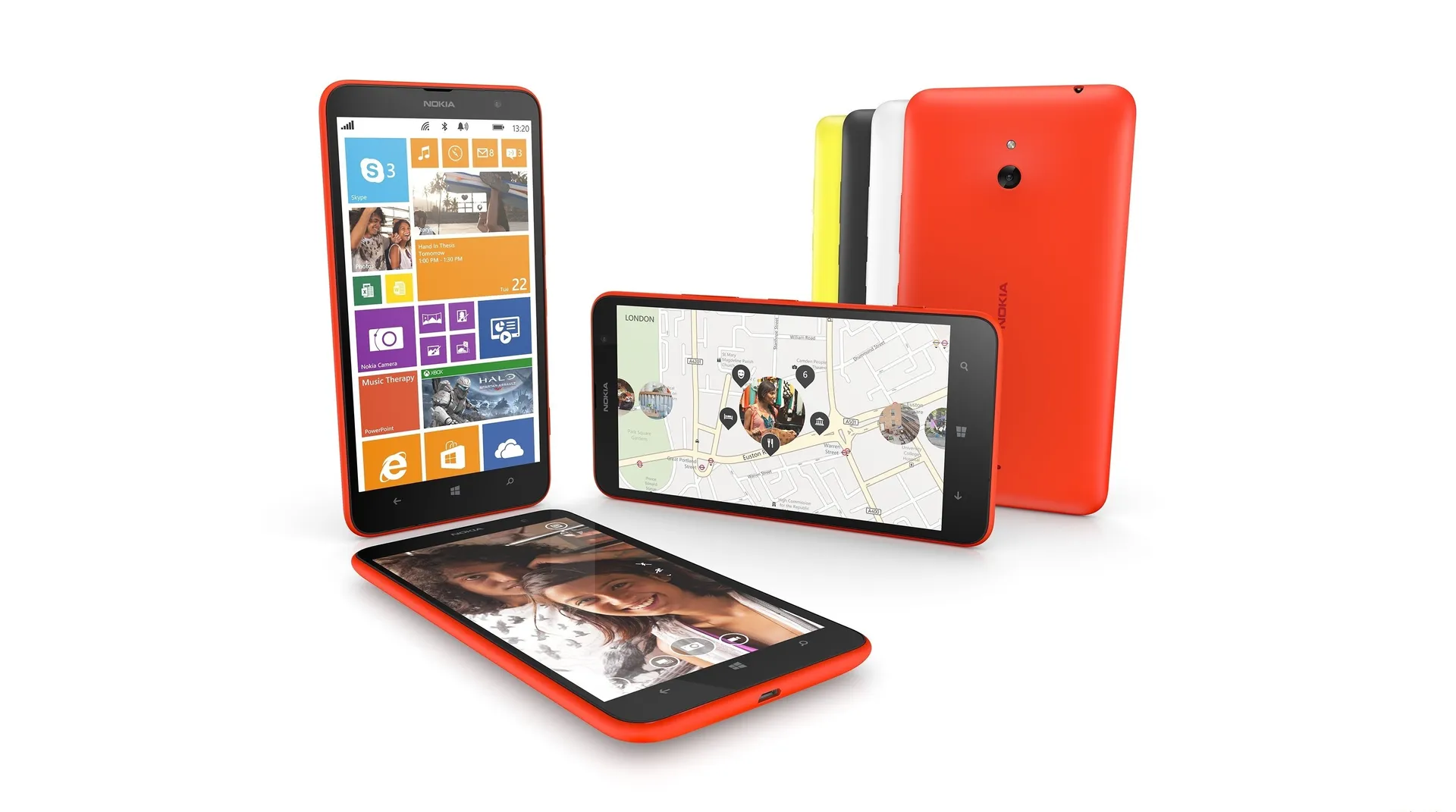At Nokia World last week Nokia showed and wrote about a hands-on prototype of their new Nokia Kinetic "bendy" phone, a phone that users control by bending it. It's incredible that they talked so much about controling the phone by bending it that it's easy to overlook how amazing it is that a phone could simply bend without breaking!
Nokia didn't talk much about the technology underlying the Kinetic, but one Nokia article made it clear that the Kinetic is an outgrowth of Nokia's Morph vision and NanoTechnology research. Nokia has researched heavily the use of porous graphene, silicon rubber and evaporated gold for flexible devices, ZNO nanowires, Silicon Carbide nanoflowers,, and more.
Grizzly Analytics has an 83-page report available that gives details of Nokia's NanoTechnology research, including research in bendable electronics, interfacing with a device by bending or reshaping it, sensing device bending and deforming, flexible touchscreens, flexible batteries, thin and flexible speakers, sensors for sensing the environment, and much more.
Nokia now says that the Kinetic is "as little as three years" from market. In our report we predicted that bendable devices were five years away from market. Either way, if Nokia can be first to market with a truly flexible phone, they may get back some of the innovator momentum that they've lost in recent years.
Nokia's nanotechnology research is also about more than bendable phones. They's working on thin and flexible solar energy panels and energy harvesting, device materials that repel water, sensors, nano-thin speakers, and much more.
If you're competing with Nokia and need to get into the race to flexible devices, or if you have related technology and want to get a full picture of Nokia's research, our 83 page report on Nokia's NanoTechnology Research is a must-read. Find out more and order your copy by clicking here, or e-mail us at info@grizzlyanalytics.com.
In case you haven't seen it, here's Nokia's new demonstration of the Kinetic "bendy" phone:
Addendum: Nokia also released a new vision of bendable phones based on their nanotechnology research. This appears to be an update to their more far-out Morph vision from a few years ago. The new vision is dubbed "HumanForm." Here's the video of their new vision:
Nokia didn't talk much about the technology underlying the Kinetic, but one Nokia article made it clear that the Kinetic is an outgrowth of Nokia's Morph vision and NanoTechnology research. Nokia has researched heavily the use of porous graphene, silicon rubber and evaporated gold for flexible devices, ZNO nanowires, Silicon Carbide nanoflowers,, and more.
Grizzly Analytics has an 83-page report available that gives details of Nokia's NanoTechnology research, including research in bendable electronics, interfacing with a device by bending or reshaping it, sensing device bending and deforming, flexible touchscreens, flexible batteries, thin and flexible speakers, sensors for sensing the environment, and much more.
Nokia now says that the Kinetic is "as little as three years" from market. In our report we predicted that bendable devices were five years away from market. Either way, if Nokia can be first to market with a truly flexible phone, they may get back some of the innovator momentum that they've lost in recent years.
Nokia's nanotechnology research is also about more than bendable phones. They's working on thin and flexible solar energy panels and energy harvesting, device materials that repel water, sensors, nano-thin speakers, and much more.
If you're competing with Nokia and need to get into the race to flexible devices, or if you have related technology and want to get a full picture of Nokia's research, our 83 page report on Nokia's NanoTechnology Research is a must-read. Find out more and order your copy by clicking here, or e-mail us at info@grizzlyanalytics.com.
In case you haven't seen it, here's Nokia's new demonstration of the Kinetic "bendy" phone:
Addendum: Nokia also released a new vision of bendable phones based on their nanotechnology research. This appears to be an update to their more far-out Morph vision from a few years ago. The new vision is dubbed "HumanForm." Here's the video of their new vision:
